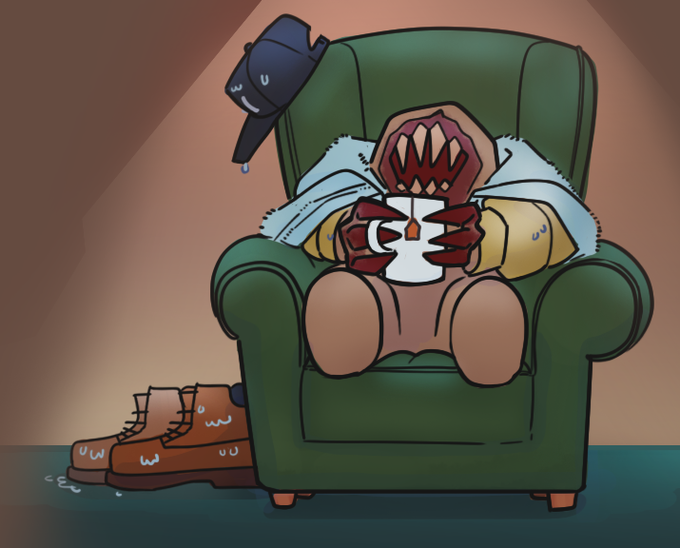

Yup! I just wonder how that would work. Since digital and analogue signals are completely different, signal conversion would be required. The overhead caused by conversion may result in delay between the next instruction, or even reduced performance depending on the other components in the machine. A lot of research would have to be done on getting an accurate, low overhead signal converter built into the device.


I don’t think you know what I’m getting at. I know about audio cards, as I’m an audiophile. I can tell you with confidence that DACs can only convert digital sound data into analogue, and that’s due to the audio jack being older than digital audio.
The problem with your examples (GPUs, ASICs, and FPGAs) is that they’re digital devices. An analogue device isn’t compatible with a digital device, much like how digital sound data (songs, audio tracks in videos, system sounds, etc…) and analogue audio don’t technically work. They only work because the quality of sound get downgraded during the jump to digital recording methods.
If you look at many older albums, like “The Piper at the Gates of Dawn,” you may notice that they are offered at a very high quality (24bit 192kHz is common.) This is due to them being recorded on audio tapes, which could store incredibly high resolution sound. This is the same situation with film, and is the reason why old films can still be rerealeased in higher resolutions (assuming that the film the movie was originally recorded is still around.) Newer albums. however, often cap out at 24bit 48kHz, as digital sound requires the sound quality to be preconfigured. Analogue just records.
When you’re listening to sound on a digital device, you’re always dealing with compression of some kind, as the sound may be “lossless” in the sense that the audio file was recorded in CD quality. This is because storing analogue data is impossible on digital storage devices. What’s actually done is a lot like a smooth wavelength that a bunch of pillars trying to match. The pillars may get close, but they will never actually be the wavelength due to their shape.
Using an analogue device to accelerate something requires at least some information to be lost on translation, even if the file size is stupidly large. All in all, getting analogue data to a digital device will always be lossy in some regard, and storing truely analogue data on digital storage is impossible.
TL,DR: Analogue and digital are inherently different, and mixing the two is only possible through a lot of compromises having to be made.